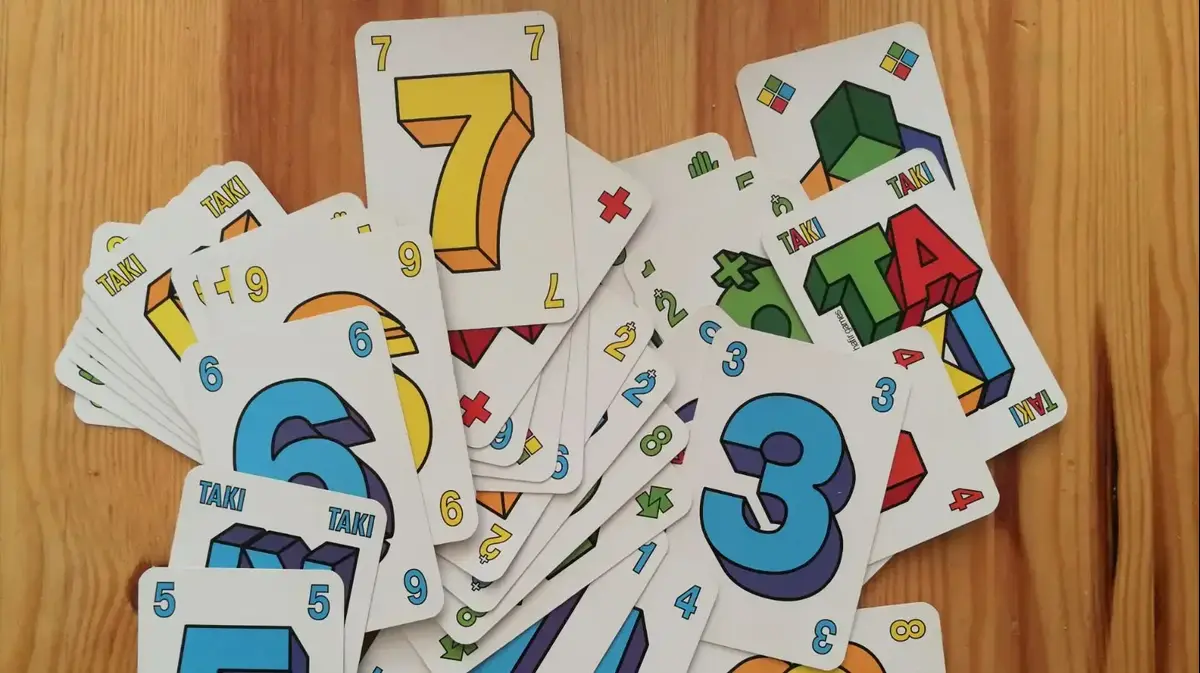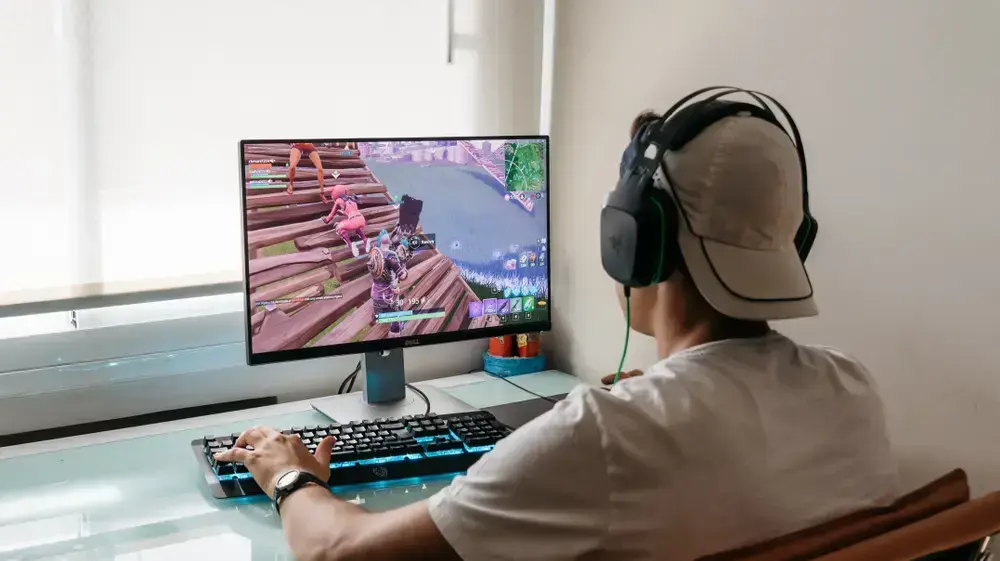3 games that will help your children perform better at school
How do you learn to copy from the board, arrange the pencil or hold a pencil?
If your child started first grade this year, the holiday season is exactly the time to work with him on his "student" skills.
This is how you will do it easily
Shushi Tao
09/23/2022
Friday, September 23, 2022, 07:00 Updated: 07:12
Share on Facebook
Share on WhatsApp
Share on Twitter
Share by email
Share in general
Comments
Comments
The transition from kindergarten to school is accompanied by many concerns (let's be honest - mainly from the parents), and probably a large number of you have debated how to prepare the child for this significant change, with an emphasis on the emotional field and the mental preparation of the young students.
But one of the most important aspects at the beginning of the first grade school year is the student's ability to learn: executive functions, grapho-motor functions and of course learning ability.
Or in simpler words: how do you learn to copy from the board, arrange the pencil or hold a pencil?
Now, just after the start of the school year and after the initial shock has subsided a little, and towards the holidays that will bring a slight break in the routine, it is exactly the time to strengthen the skills of discipleship for the rest of the year.
These basic skills, which become so important at the beginning of a 12-year journey within the walls of the school, are an extremely important infrastructure that should not be neglected.
Any delay in acquiring these skills may damage learning skills, and even cause frustration due to the gap between the new requirements they encounter when moving to school and the existing abilities.
Through some games that I'm sure you also have at home, you can practice with the children the necessary skills that will help them feel successful and capable, and will help with the skills required at school.
More in Walla!
The habit parents must get rid of this school year
To the full article
Puzzles: this is how you learn to copy from the board
Playing puzzles allows developing visual perception, distinguishing details, depth perception, hand-eye coordination and motor skills of matching and assembling.
In addition, playing with puzzles will help the young students in two ways: the first way allows for the expansion of the way the child thinks, by referring each time to a different part of the puzzle assembly - sometimes to refer to the shape of the part, its color, the details that appear on it.
The reference to different elements allows the flexibility of thinking and the manipulation of the way the child looks at things.
Critical skills for copying from the board and learning to read.
A girl and a grandmother putting together a puzzle (Photo: ShutterStock)
In addition, when assembling the puzzle, it is recommended to choose puzzles that have a complete image, so that the image constitutes the model that needs to be assembled.
The simple act of looking at the picture on the package and trying to put it together using the puzzle pieces, directly affects the quality of the act of copying from the blackboard - a basic action that every student must master during 12 years of schooling (yes, even in the digital generation people still copy from the blackboard. especially in the lower grades).
The child is required to focus his gaze, look for an item and appropriate clues in the general picture in order to locate his position in space and match it to the puzzle.
These skills are an important part of copying from the board and also learning to read.
It doesn't matter if you have a 30-piece or 300-piece puzzle at home - the main thing is that you can assemble it and practice the skill of copying from the board.
The number of pieces does not necessarily represent the quality of the work - sometimes it is better to choose a puzzle with fewer pieces, but make sure that the assembly process is carried out using an orderly thinking process - sorting by colors/figures, using a copy of the picture, working in sequence, etc.
Taki: To learn how to arrange the pencil case
Another important skill for first graders is arranging and organizing the pencil, notebooks and other equipment.
There are many games that can develop the ability to organize and arrange, but I like to use my Taki therapy.
The colorful numbers game will help children understand the importance of organization and maintaining order: teach the children to arrange the cards in their hands by color and by number, as a strategy for success in the game (and of course you can use any other card game that has a similar strategy for winning).
They will later transfer these arrangement skills to arranging the pencil, notebooks and books, and will later strengthen the skill of arranging the schoolbag alone in the evening.
Both fun and effective.
Taki (photo: Walla! system, Yaniv Garnot)
In addition, when the child holds the cards in his hand, he is required to have a double skill of power regulation - to hold the cards tightly enough so that they do not fall, but at the same time to release when one card is to be taken out.
In doing so, it improves the pressure it exerts on objects, as required while writing or drawing.
Children who hold the cards too tightly may exert too much pressure even while writing or coloring and will usually get tired and rush to finish without paying attention to the quality of the work.
Grips: learning how to hold the pencil
Many children find it difficult to master a correct pencil grip, one that will be comfortable and functional even for many hours of writing later.
Playing checkers helps to practice the "pinch" (tweezers) grip where the finger and thumb are close together and allows for more correct habits for holding a pencil.
The combination of the grip with the precision of the movement and the gentle pulling of the stick help to practice fine motor skills, which are so important for young students in the initial stage of acquiring writing.
can be very important.
Correct pencil grip (Photo: ShutterStock)
In addition, in a tight game, you can combine mental values of arithmetical thinking - for example attaching a score to each color and calculating points, such a game also allows dealing with frustration around winning and losing.
Also, this game requires basic social skills, such as waiting for turns and maintaining a round of turns.
In conclusion, the transition from kindergarten to school is a significant transition, accompanied by mixed feelings of apprehension and anticipation.
In order to help children adapt in a more optimal way to the demands of school, this can be done with the help of games, creative activities and time together - which will also contribute to family bonding and quality time.
The treatment in occupational therapy at a young age is also carried out with the help of various games, where the games are a means of achieving various functional goals that improve participation in the child's day-to-day life.
Shushi Tao, developmental occupational therapist M.Sc and expert in child development
health
parenthood
Tags
Taki
puzzles
Pupils
first grade'
writing
reading









